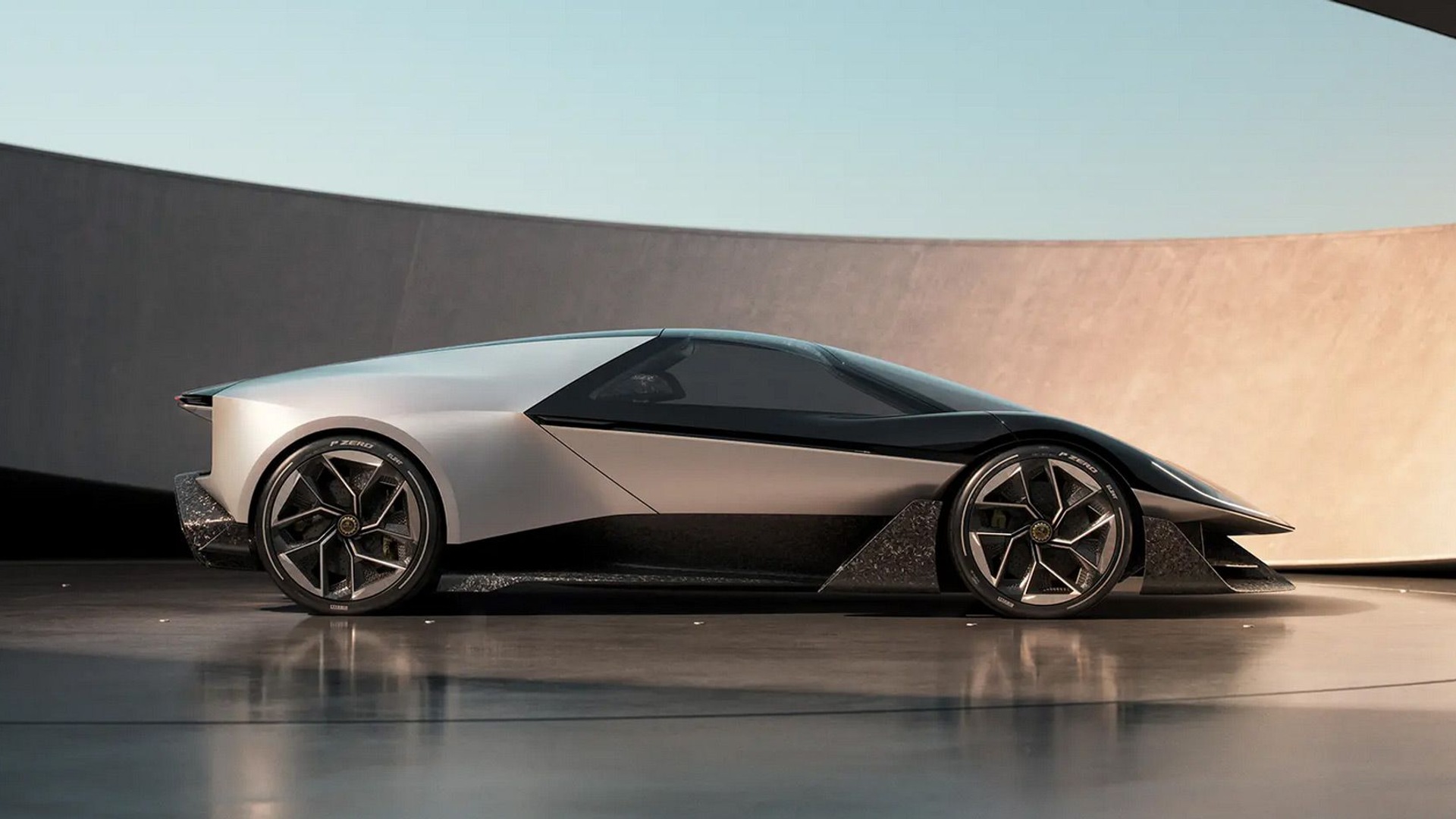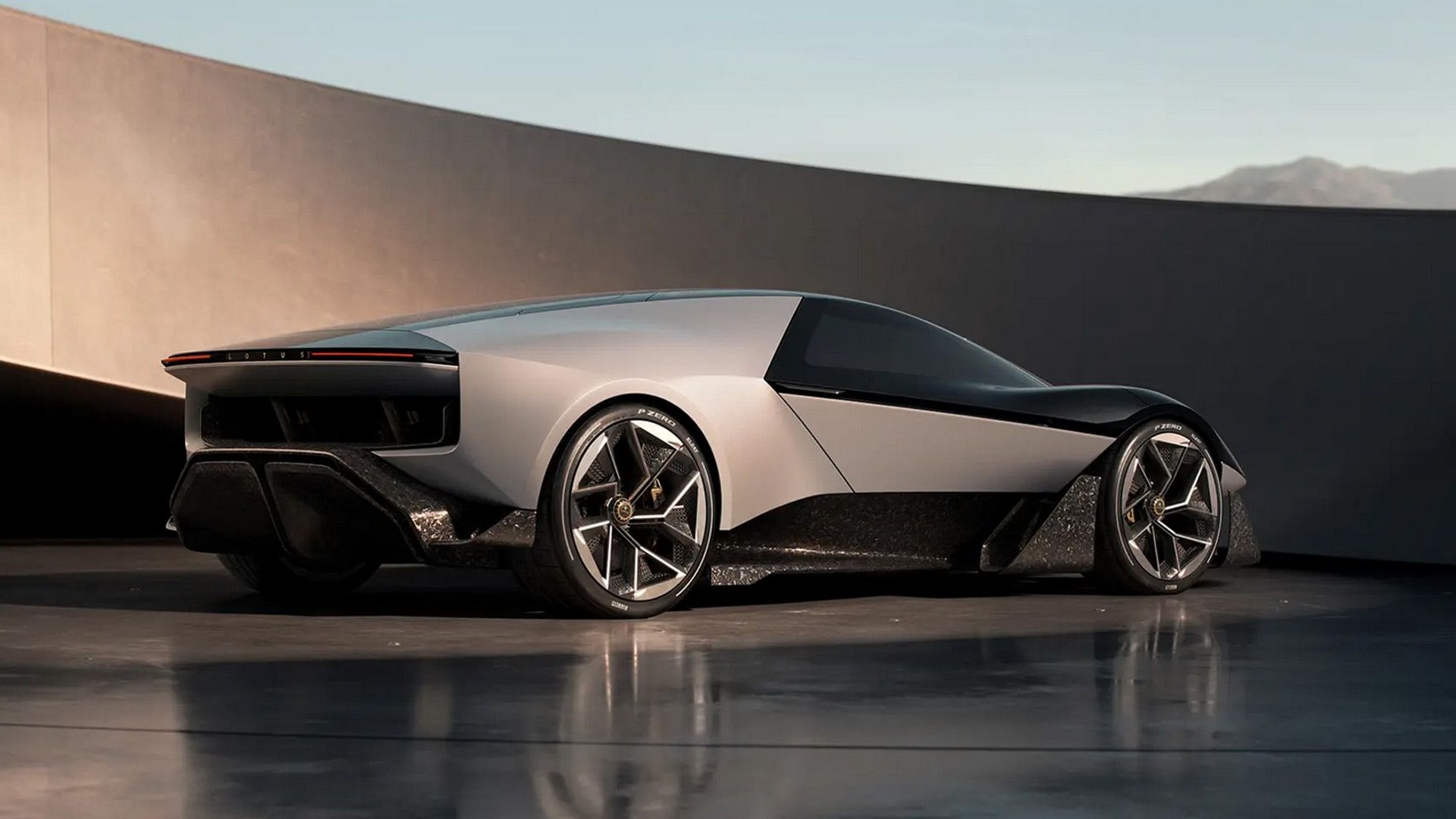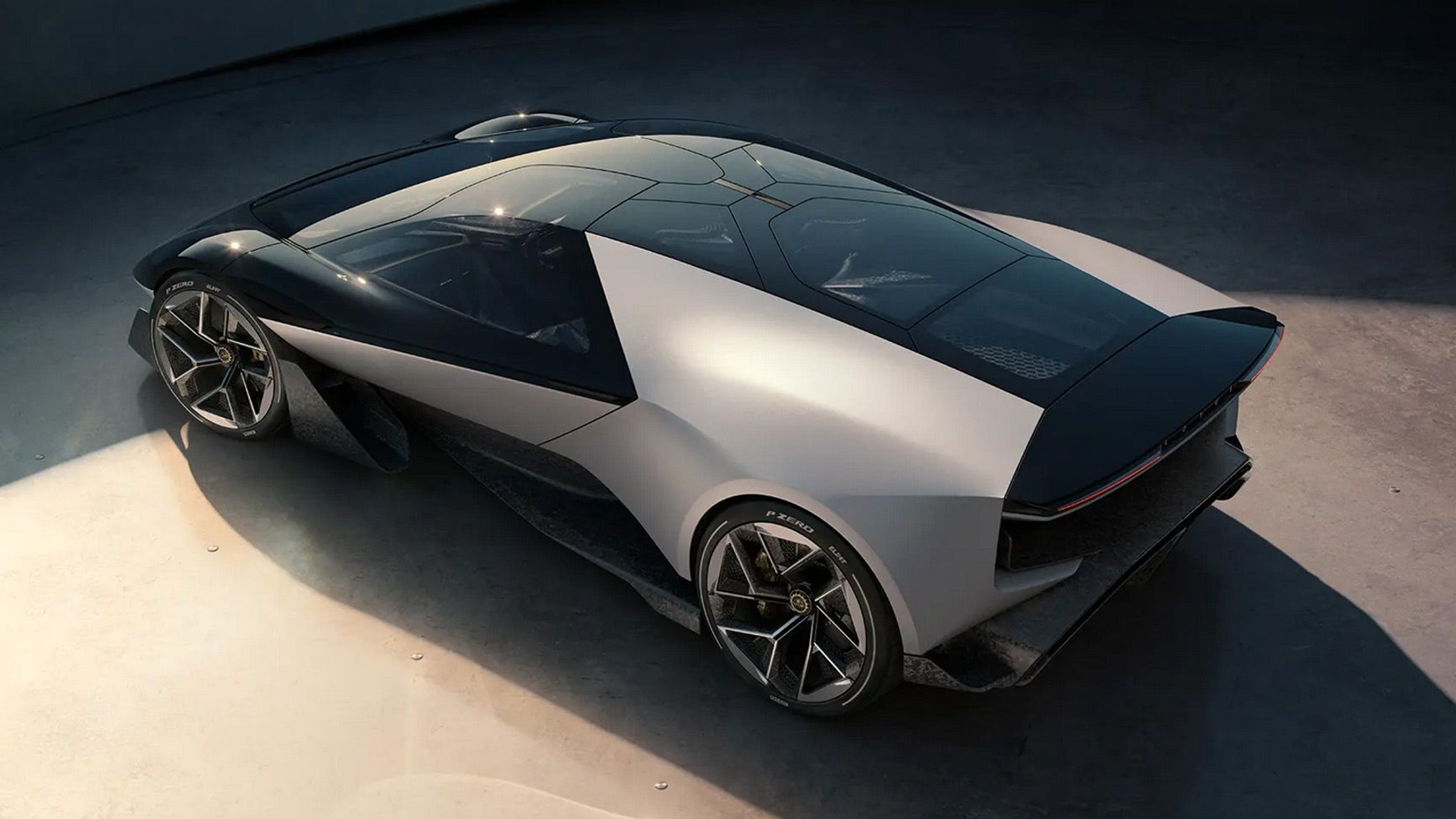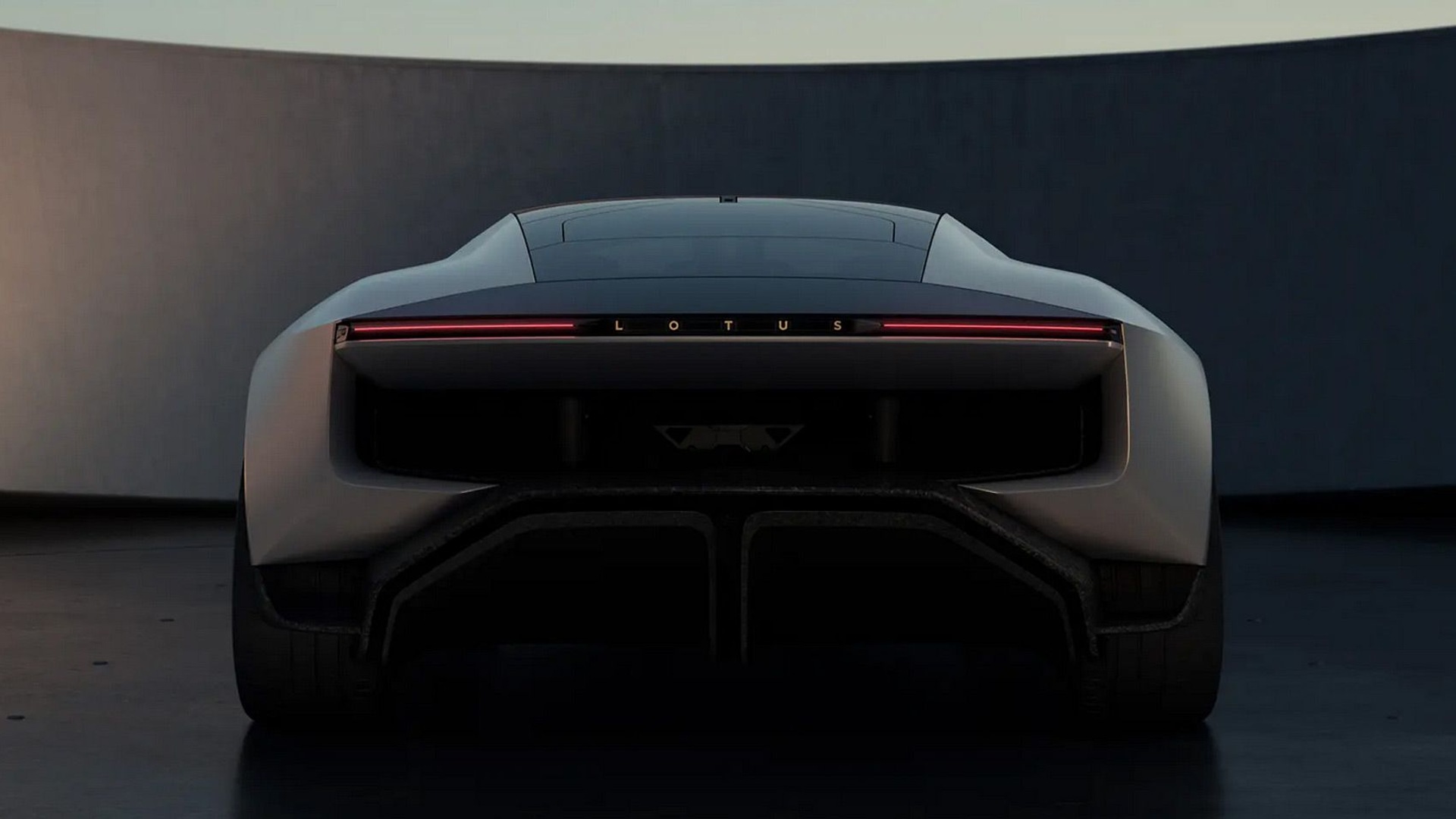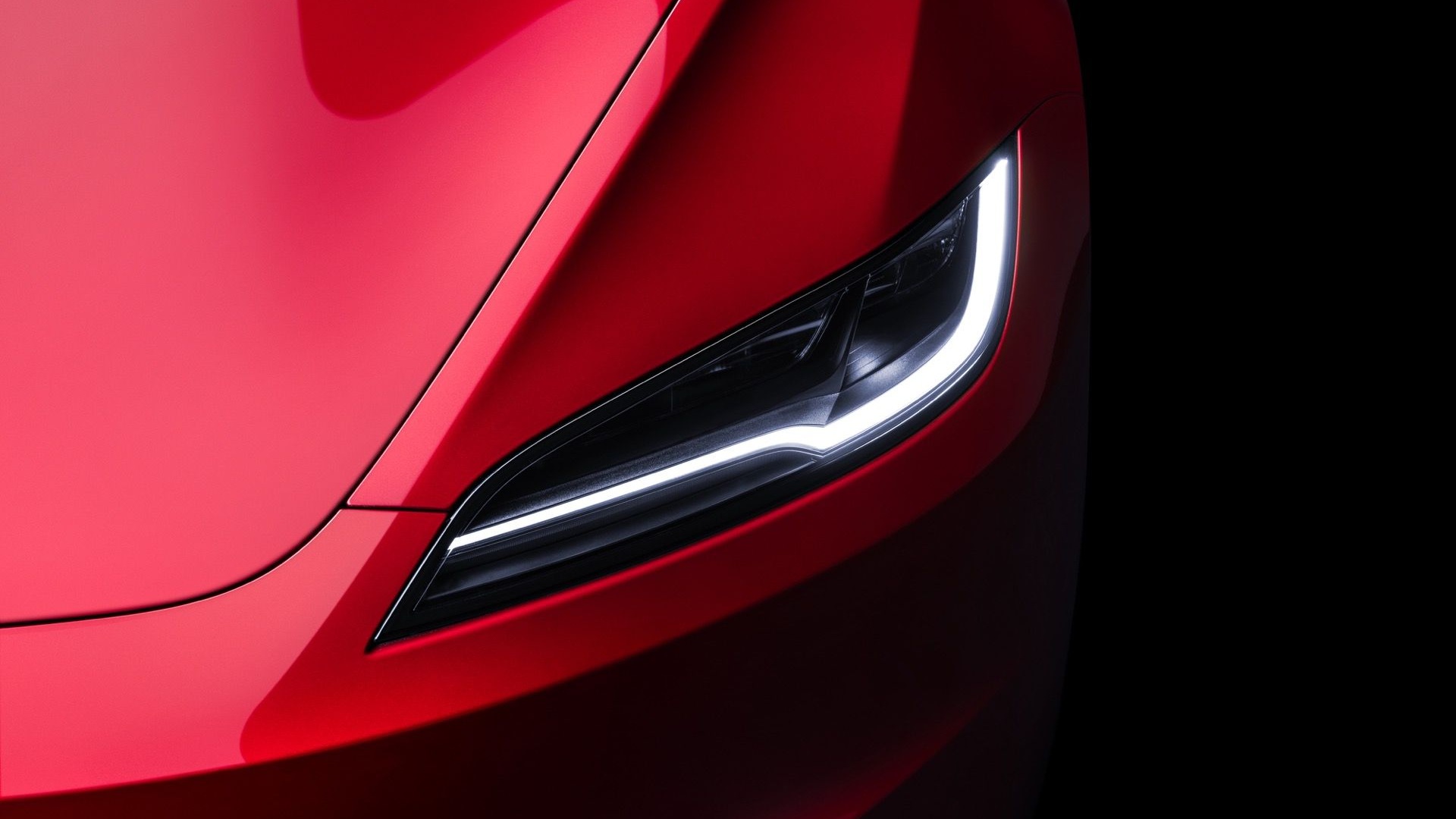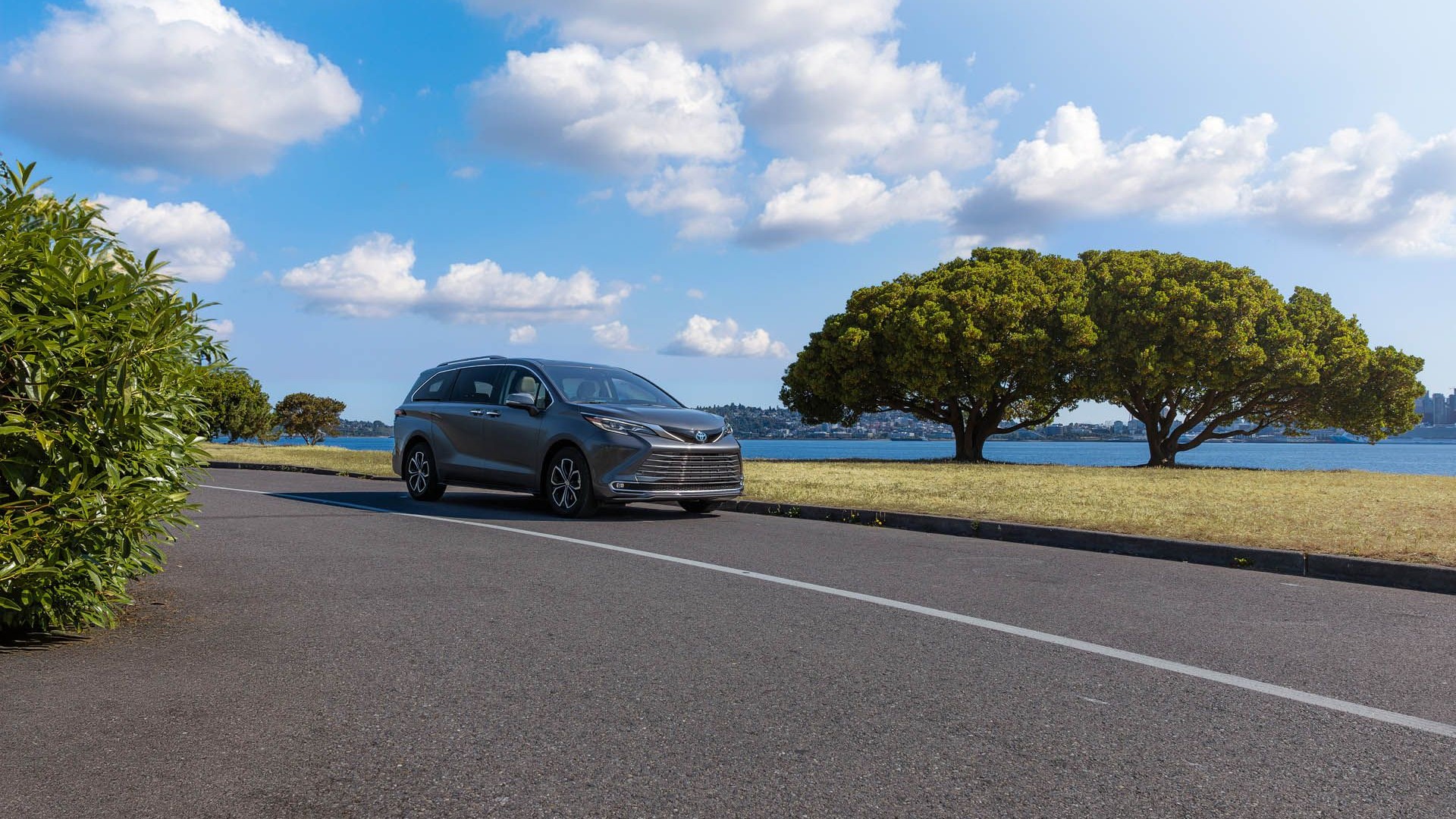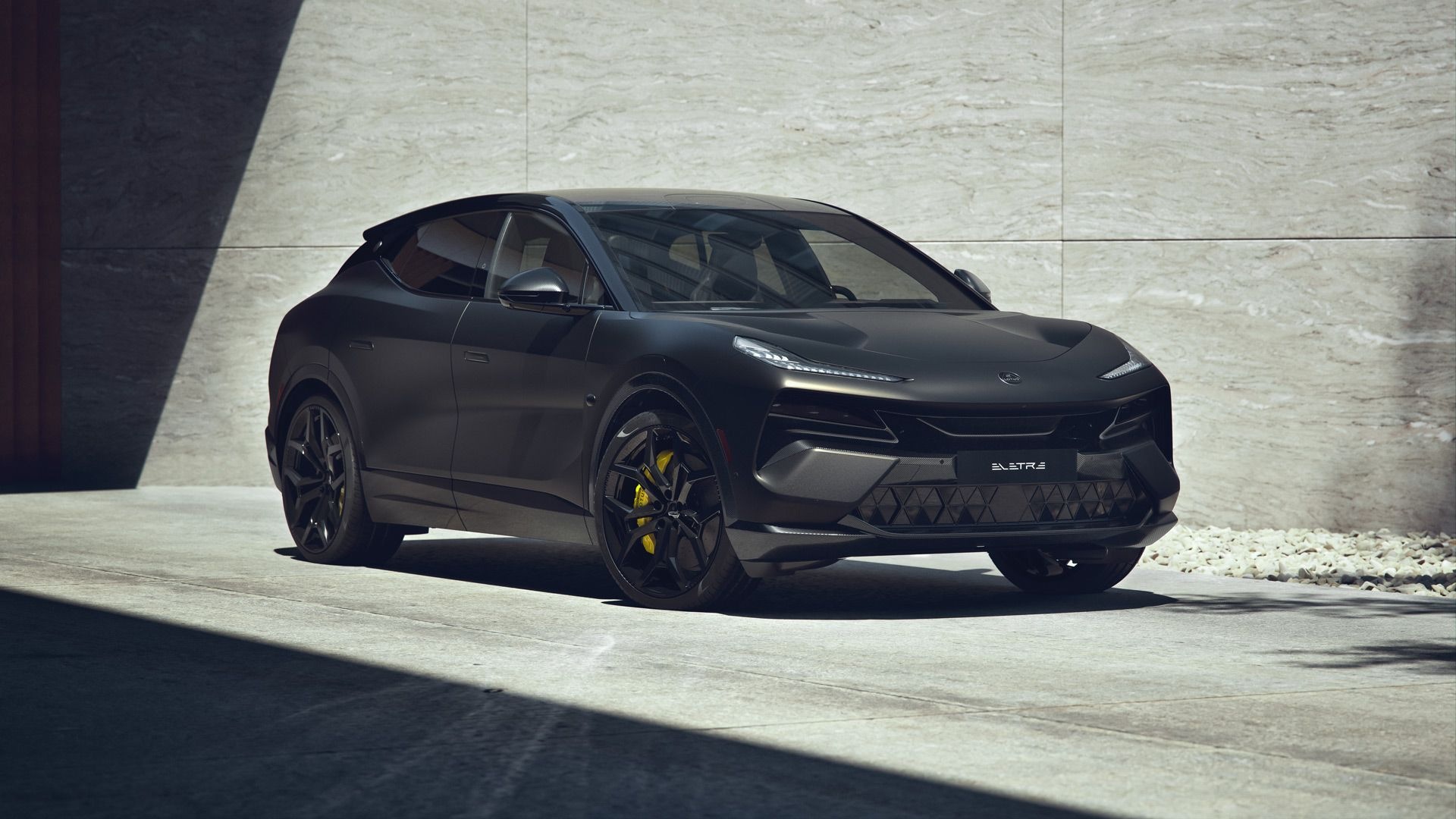- Lotus' upcoming sports car might crib design elements from the Theory 1 concept
- The Theory 1 packs a 70-kwh battery delivering about 250 miles of range and 987 hp from two electric motors
- Lotus has an electric SUV arriving in 2025 with a sedan following
Lotus on Tuesday unveiled the Theory 1 concept as a preview of the design direction of future models, including an electric sports car due in 2026.
The exterior incorporates aerodynamic elements, including a diffuser, air deflectors, and air curtains in the nose, a contoured underfloor incorporating a NACA duct that feeds air into the cooling system, and body sides designed to keep air flowing smoothly around the car, according to Lotus.
The concept has a 70-kwh battery pack affording an estimated range of about 250 miles, and powering dual motors that send 987 hp to all four wheels, which wear EV-specific Pirelli P Zero Elect tires. Lotus estimates a 0-62 mph time of less than 2.5 seconds and a 200-mph top speed for the roughly 3,500-pound EV.
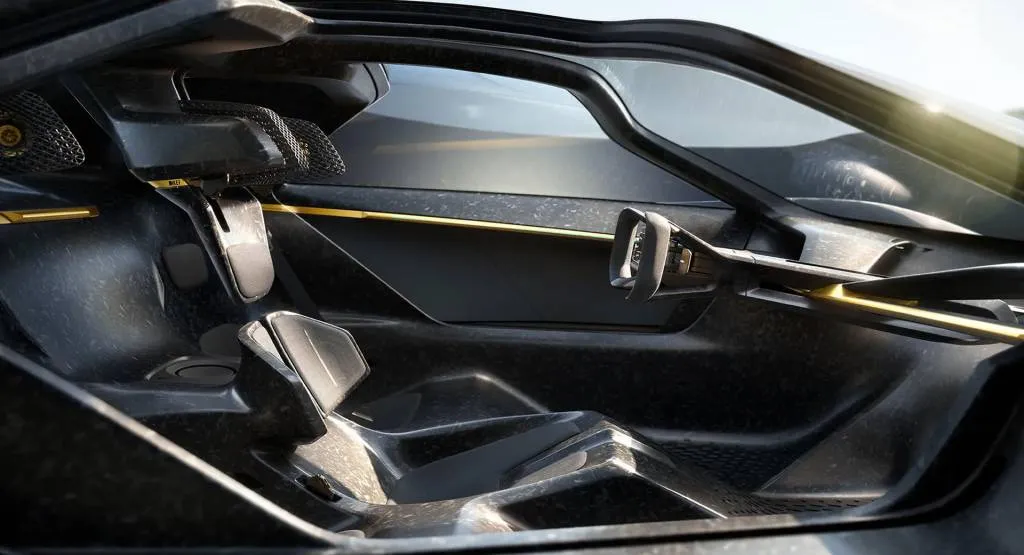
Lotus Theory 1 concept
Lotus claims both the battery and motors are incorporated into the chassis as stressed members to increased rigidity, a common practice with the race cars the British automaker built its reputation on. The rear wing is also mounted directly to the rear motor and suspension assembly so that the downforce it generates acts directly on the suspension mounts—not unlike early winged Formula 1 cars.
Inside, the Theory 1 has a central driving position, with passenger seats on either side. In keeping with Lotus founder Colin Chapman's maxim "simplify, then add lightness," the seats are actually padding attached directly to the cars carbon fiber tub. The headrests also house speakers for the audio system, and Lotus used a special textile that incorporates haptic elements in place of traditional switchgear.
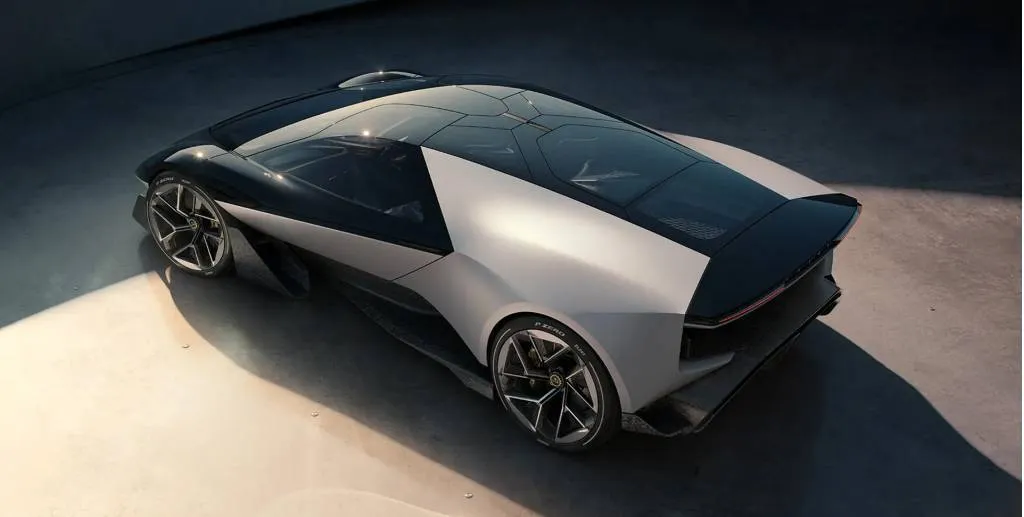
Lotus Theory 1 concept
Elements of the Theory 1 will likely reappear on an upcoming Lotus electric sports car codenamed Type 135. This will be based on a new Lightweight Electric Vehicle Architecture (LEVA) and was due to use a new "battery cell package" co-developed with Britishvolt before that company's bankruptcy.
The Type 135 will be proceeded by the Lotus Eletre electric SUV, which is due to reach the U.S. in the first quarter of 2025, and the Emeya, an electric sedan due to face off against the Tesla Model S Plaid and Porsch Taycan. Lotus plans to offer only fully electric models by 2028, and has also shown fast-charging hardware that can already deliver more power than most EVs can handle.


